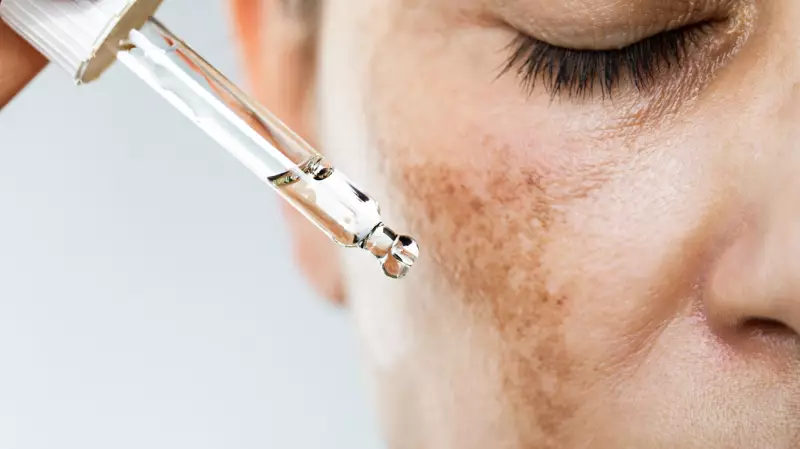
Struggling with stubborn melasma and uneven skin tone? You're not alone. This common skin condition affects millions, but the good news is that dermatologists have identified powerful solutions that can help you achieve clearer, more radiant skin.
Understanding the Melasma Challenge
Melasma presents as brown or gray-brown patches typically on the face, particularly the cheeks, forehead, and upper lip. Unlike regular hyperpigmentation, melasma is notoriously difficult to treat due to its complex nature involving hormones, sun exposure, and genetic factors.
Why Traditional Treatments Often Fail
Many over-the-counter products simply don't penetrate deep enough to address melasma at its source. The condition requires a multi-faceted approach that combines targeted ingredients with consistent sun protection.
The Dermatologist-Approved Solution Arsenal
Leading skin experts recommend a strategic combination of powerhouse ingredients that have proven effective against stubborn pigmentation:
Vitamin C: The Antioxidant Powerhouse
Vitamin C serums not only brighten existing dark spots but also prevent new pigmentation from forming. Look for stable forms like L-ascorbic acid combined with vitamin E and ferulic acid for maximum effectiveness.
Hydroquinone: The Gold Standard
While controversial in some circles, dermatologists still consider hydroquinone one of the most effective treatments for severe melasma. It's typically recommended for short-term use under professional supervision.
Niacinamide: The Gentle Giant
This vitamin B3 derivative works wonders for reducing inflammation and preventing pigment transfer to skin cells. It's gentle enough for daily use and suitable for most skin types.
Tranexamic Acid: The New Frontier
Emerging as a game-changer in melasma treatment, tranexamic acid works by inhibiting the interaction between melanocytes and blood vessels in the skin, effectively reducing pigment production.
Building Your Anti-Melasma Routine
Consistency is key when battling melasma. Dermatologists recommend a morning and evening routine that includes:
- Morning: Vitamin C serum followed by broad-spectrum SPF 30+ sunscreen
- Evening: Prescription-strength treatments or targeted serums containing the active ingredients mentioned above
- Weekly: Gentle chemical exfoliants to support cell turnover
The Non-Negotiable: Sun Protection
No melasma treatment can succeed without rigorous sun protection. UV exposure is the primary trigger for melasma flare-ups, making daily sunscreen application absolutely essential—even on cloudy days and indoors.
When to Seek Professional Help
While many serums can help manage melasma, persistent cases may require professional treatments. Dermatologists might recommend:
- Chemical peels: To accelerate cell turnover and reduce pigmentation
- Laser therapy: Targeted treatments that break up pigment clusters
- Prescription combinations: Custom-blended formulas for your specific skin needs
Remember that melasma management is a journey, not a destination. With the right combination of professional guidance, effective ingredients, and consistent care, you can achieve significant improvement in your skin's appearance and confidence.





